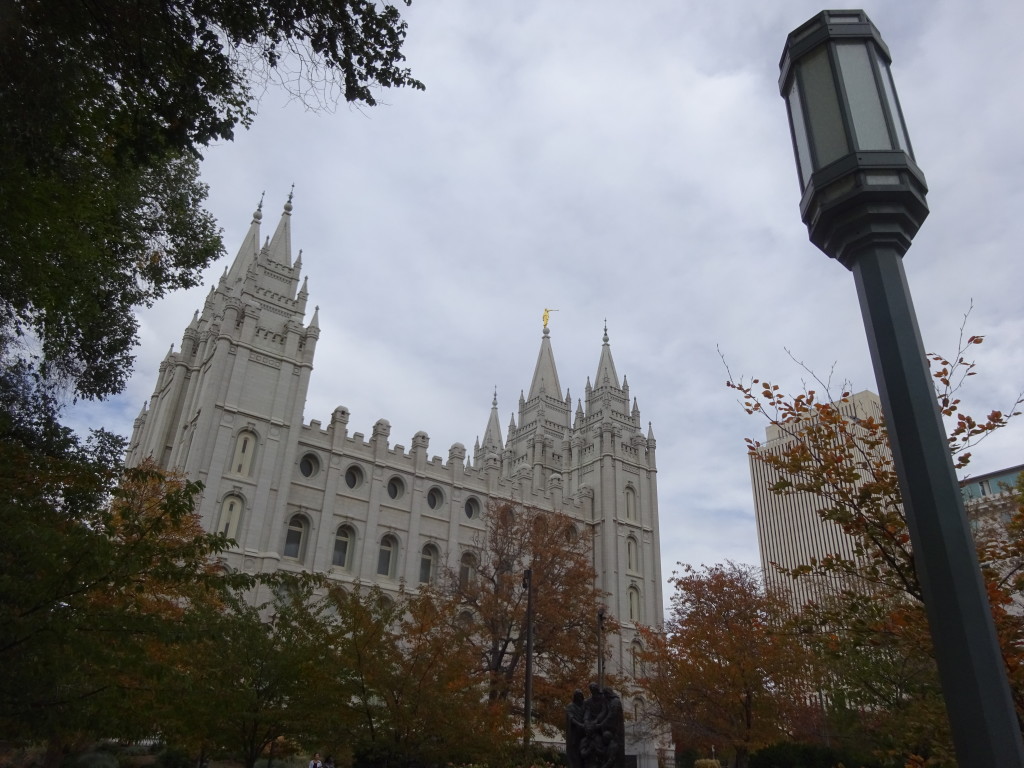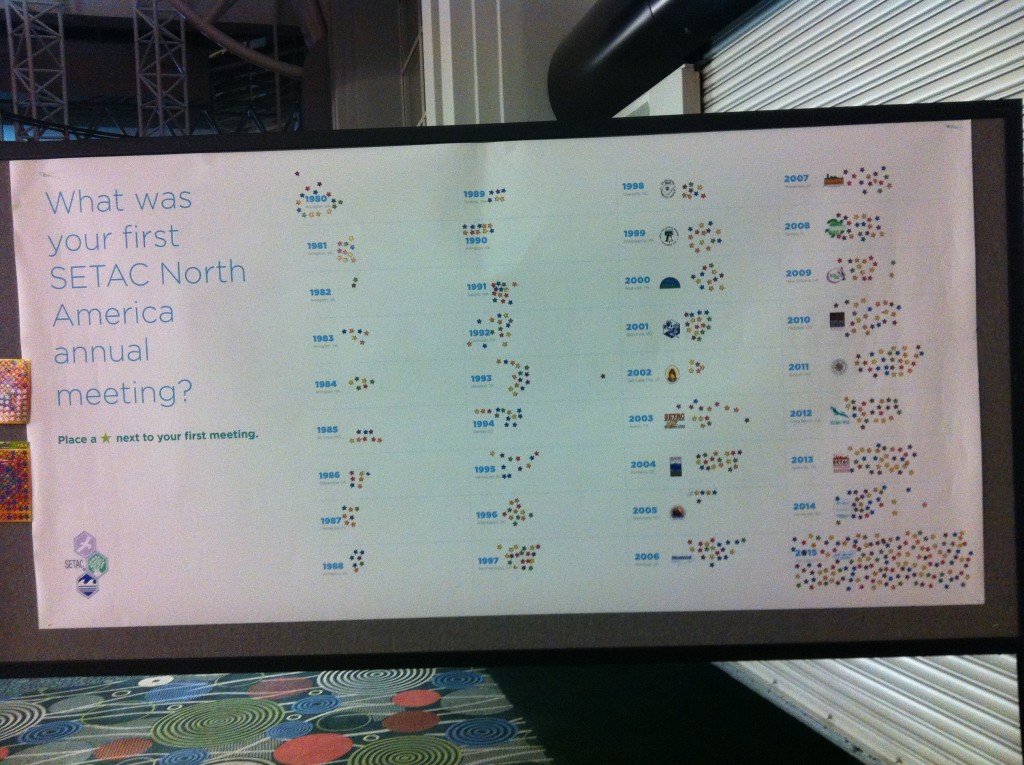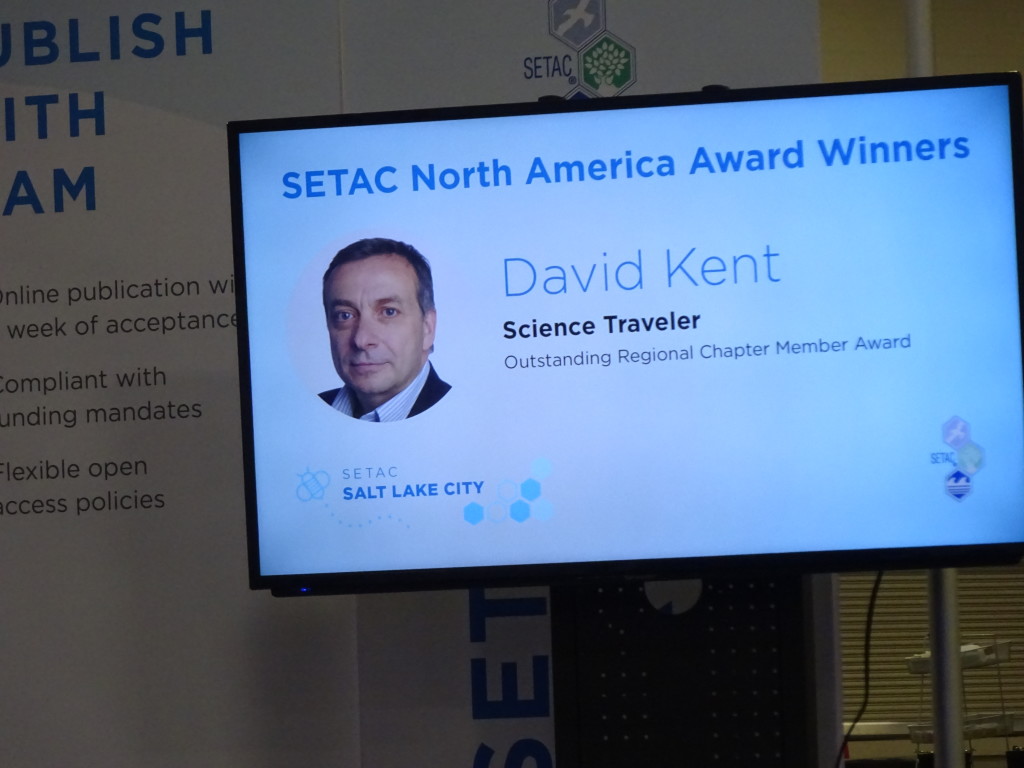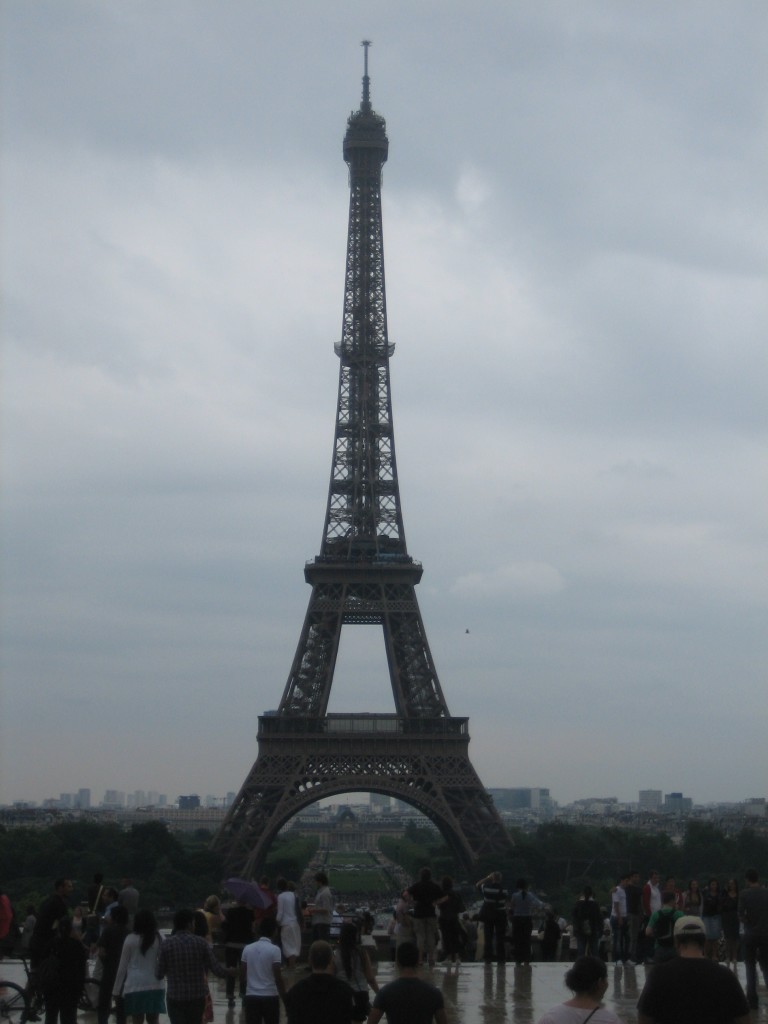I’ll shortly be heading out on another science traveling expedition. More on that in a bit. Be sure to check out recent travel-related posts here on Science Traveler (see below). In addition, here’s my monthly roundup of the other blogs.
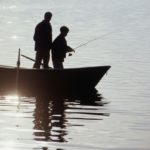 Hot White Snow is where you’ll find my more “creative” writing, includiing responses to writing prompts, some memoir-ish works, and articles “On Writing.” Lately I’ve been writing responses to the Daily Post, a daily writing prompt feature on WordPress. Featured recently (click on the title to read the post):
Hot White Snow is where you’ll find my more “creative” writing, includiing responses to writing prompts, some memoir-ish works, and articles “On Writing.” Lately I’ve been writing responses to the Daily Post, a daily writing prompt feature on WordPress. Featured recently (click on the title to read the post):
- It’s Just a Phase: “He’ll grow out of it,” she insisted, as blood oozed from her husband’s stab wound. And if that isn’t Monty Pythonesque enough…
- The Circus of Life: A bit of social commentary blending The Lion King with The Lyin’ King.
- Connected: A heartfelt reminiscence of connecting with my father while fishing on Lake Winnipesaukee many years ago.
- A Struggle to Write: A painful day of non-writing.
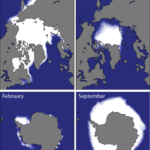 The Dake Page focuses on communicating science to the general populace, often with an emphasis on climate change. That said, this month’s features begin with chemicals law. Recent articles:
The Dake Page focuses on communicating science to the general populace, often with an emphasis on climate change. That said, this month’s features begin with chemicals law. Recent articles:
- The Long Road to Reforming America’s Chemical Law May Soon Be Over: More than ten years after a bill was first introduced, Congress has finally updated how we regulate toxic chemicals.
- The Hot Climate Trend Continues in April (and May) and the Arctic is Melting: Man-made climate change is getting worse.
- Climate Wars: Arctic vs Antarctic Ice Melt: The important distinction between how ice melts in the North and South Polar regions.
- Yes, CO2 is Warming the Climate (and No, Exhaling is Not the Cause): What is really causing man-made climate change, and how deniers are trying to hide it.
- Climate Denial and Climate Fraud: Recent court documents provide even more proof fossil fuel interests are financing the intentional denial of climate science.
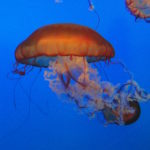 Of course, here on Science Traveler we focus on traveling to exotic lands and stories about Nikola Tesla, Thomas Edison, Abraham Lincoln, and other books I’m working on. Here are some of the recent travel posts:
Of course, here on Science Traveler we focus on traveling to exotic lands and stories about Nikola Tesla, Thomas Edison, Abraham Lincoln, and other books I’m working on. Here are some of the recent travel posts:
- Abraham Lincoln Close Up: A quick research trip to Springfield, Illinois gave me a preview of my upcoming more comprehensive tour of the area where Lincoln worked and played prior to becoming President.
- Walking Up Waterfalls in Jamaica: The joys of getting wet while hiking up a waterfall.
- The Thundering Wet Dry Tortugas: The “turtle” islands weren’t dry on my visit, but enjoyable nonetheless. Oh, and Dr. Mudd.
- Beijing Aquarium – Home of the Rare Chinese Sturgeon: A welcome surprise in a part of Beijing little visited by westerners.
- The Bats and Birds of Carlsbad Caverns: Tucked barely into New Mexico along the Texas border is a huge network of caves, complete with stalagmites and stalactites. And bats. Lots and lots of bats. And birds too.
- Remembering the Alamo: Who knew the Alamo had so much science? Read this and you’ll know.
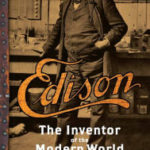 But wait, there’s more. I also received my first advance copy of Edison: The Inventor of the Modern World, which will be in stores next month. And Tesla: The Wizard of Electricity has hit yet another success milestone (more on that soon)!
But wait, there’s more. I also received my first advance copy of Edison: The Inventor of the Modern World, which will be in stores next month. And Tesla: The Wizard of Electricity has hit yet another success milestone (more on that soon)!
David J. Kent has been a scientist for thirty-five years, is an avid science traveler, and an independent Abraham Lincoln historian. He is the author of Tesla: The Wizard of Electricity and two e-books: Nikola Tesla: Renewable Energy Ahead of Its Time and Abraham Lincoln and Nikola Tesla: Connected by Fate. His book on Thomas Edison is due in Barnes and Noble stores in July 2016.
Follow me by subscribing by email on the home page. And feel free to “Like” my Facebook author’s page and connect on LinkedIn. Share with your friends using the buttons below.




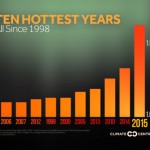
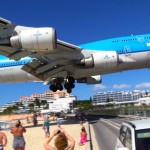
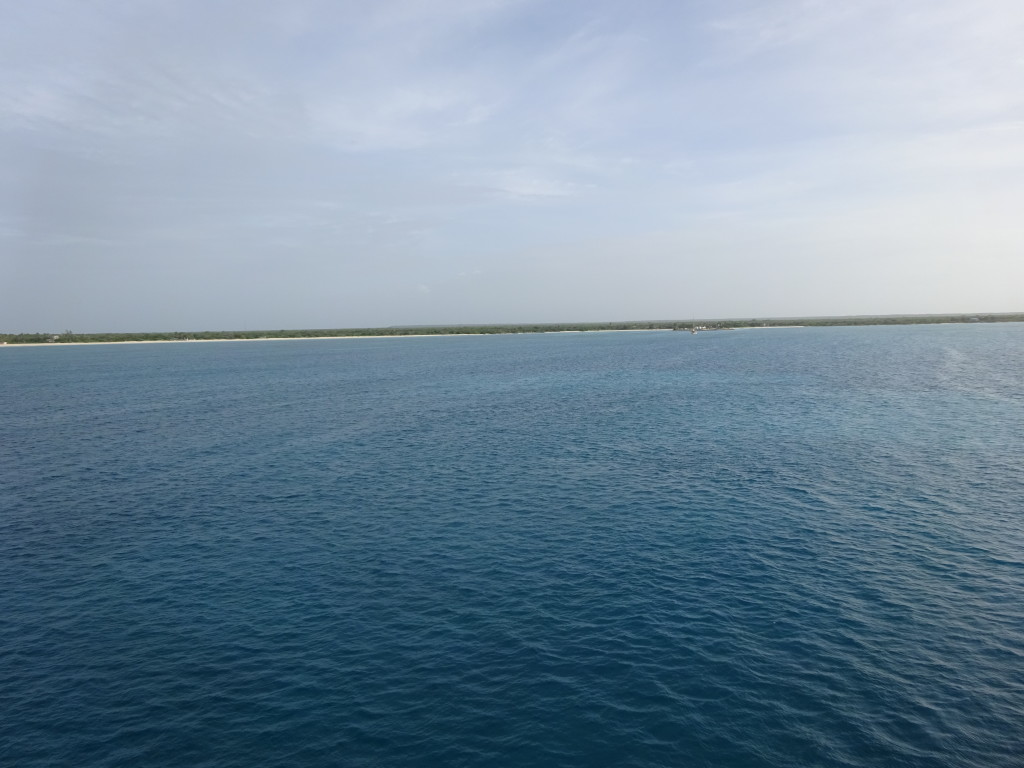
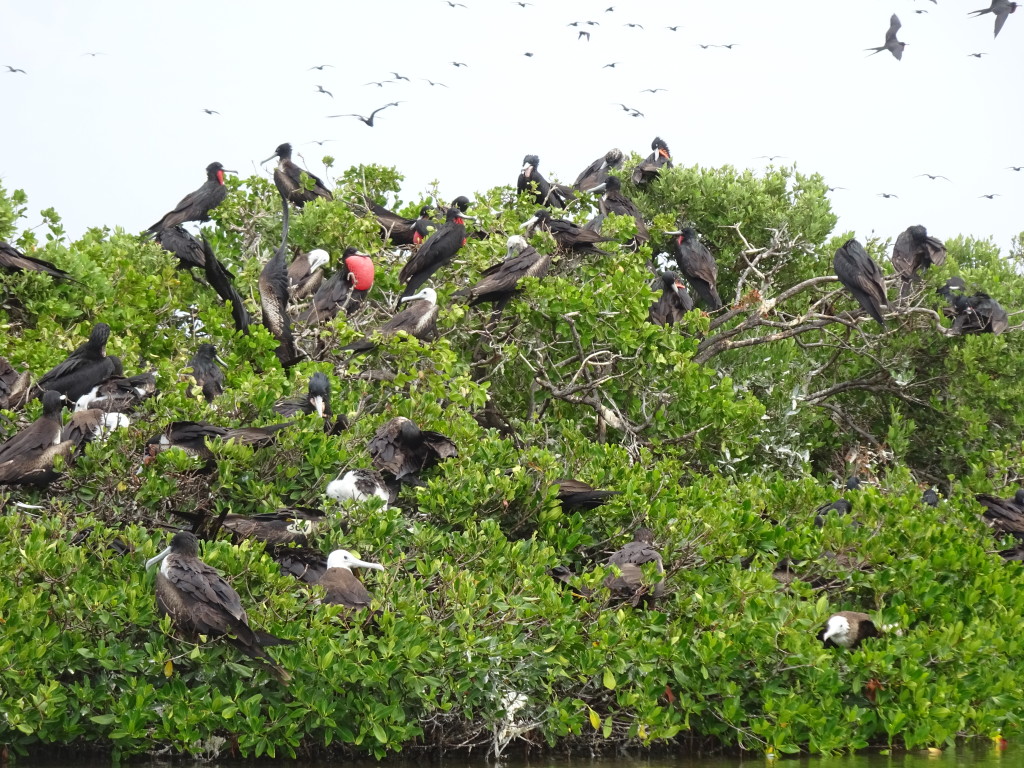
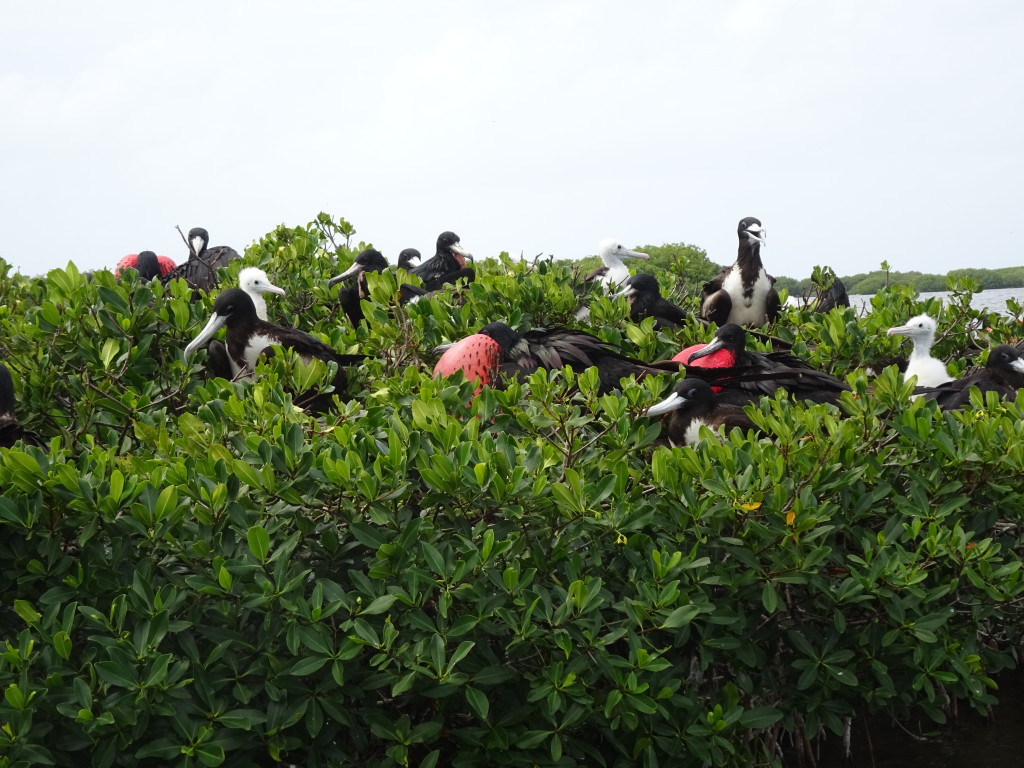
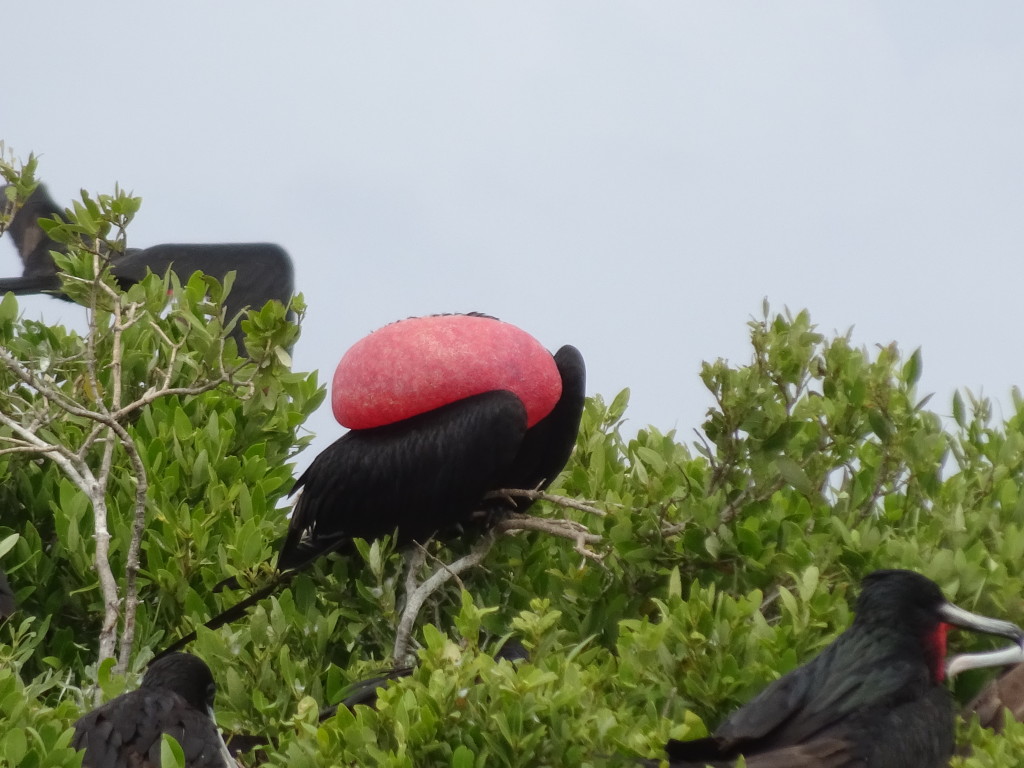
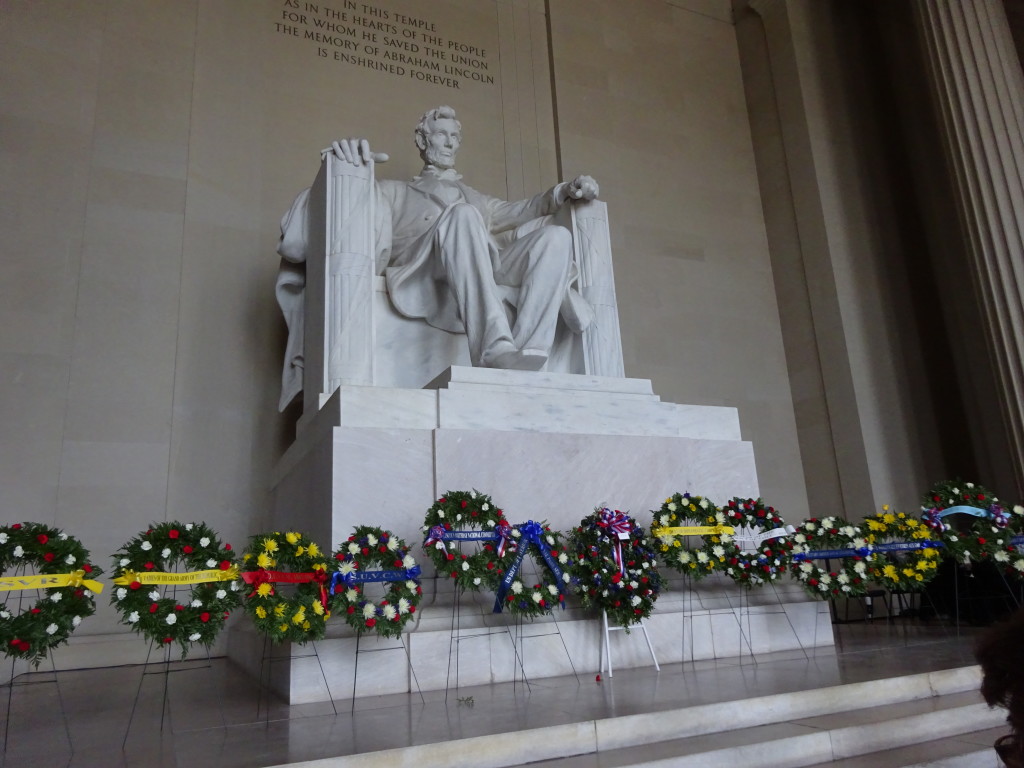
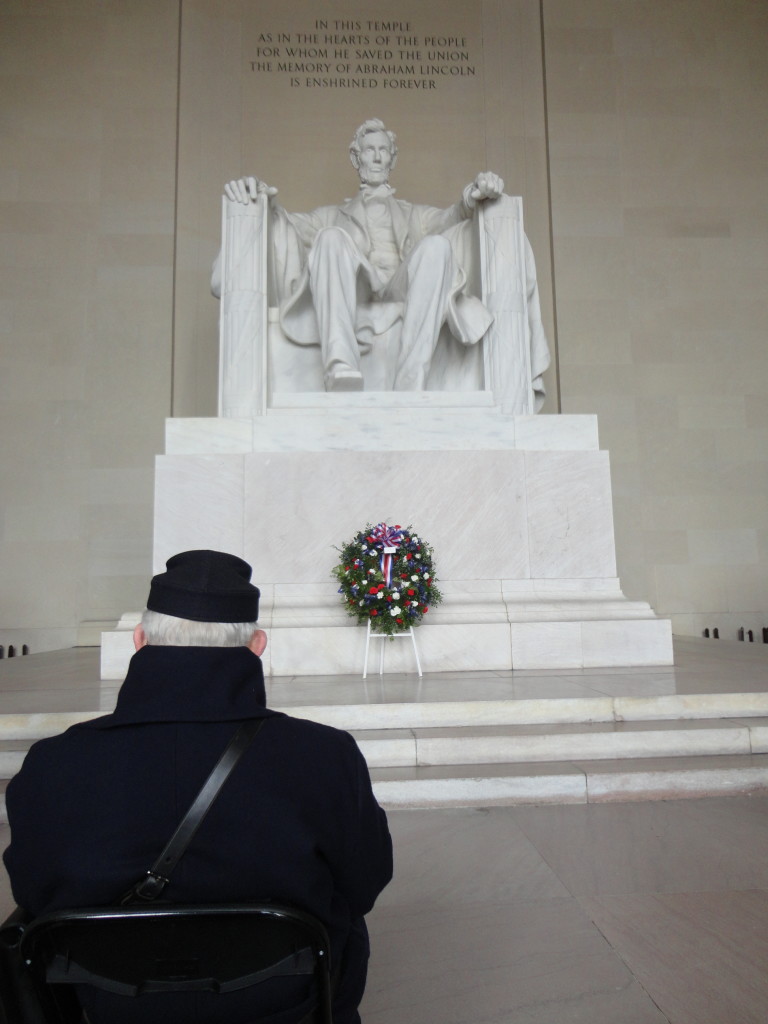

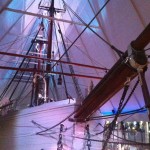
 The Dake Page
The Dake Page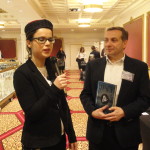
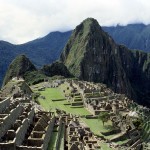 Machu Picchu is on my science traveling list for this year, so I’m doing some preparation and planning for the trip. That includes some background reading like the book,
Machu Picchu is on my science traveling list for this year, so I’m doing some preparation and planning for the trip. That includes some background reading like the book, 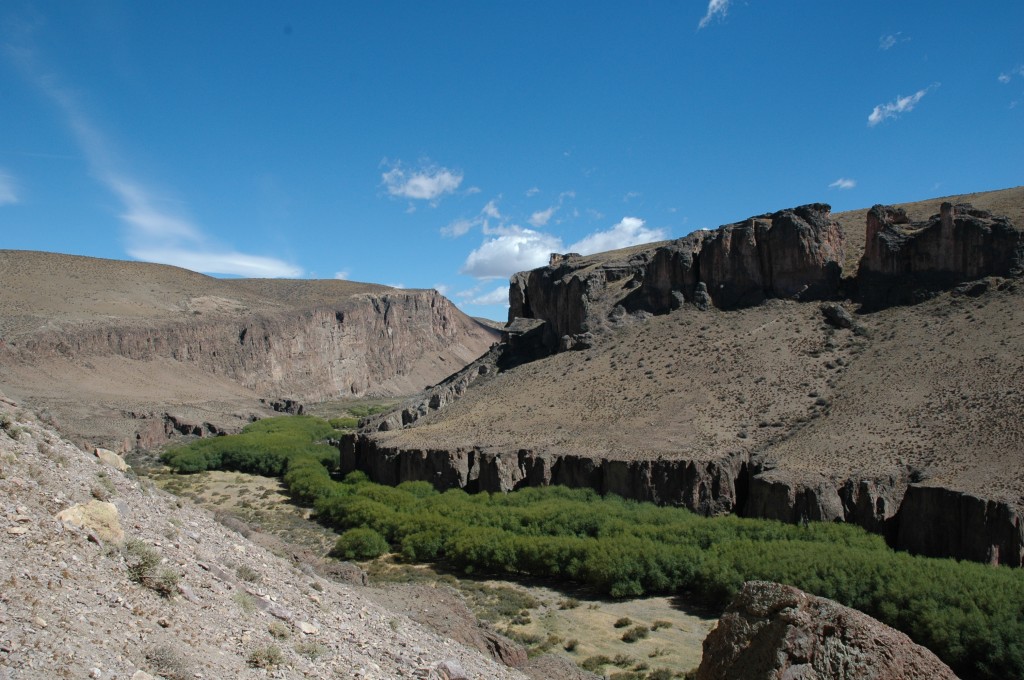
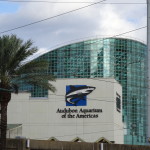 Many years ago,
Many years ago,  Book Review – Lincoln in New Orleans by Richard Campanella
Book Review – Lincoln in New Orleans by Richard Campanella